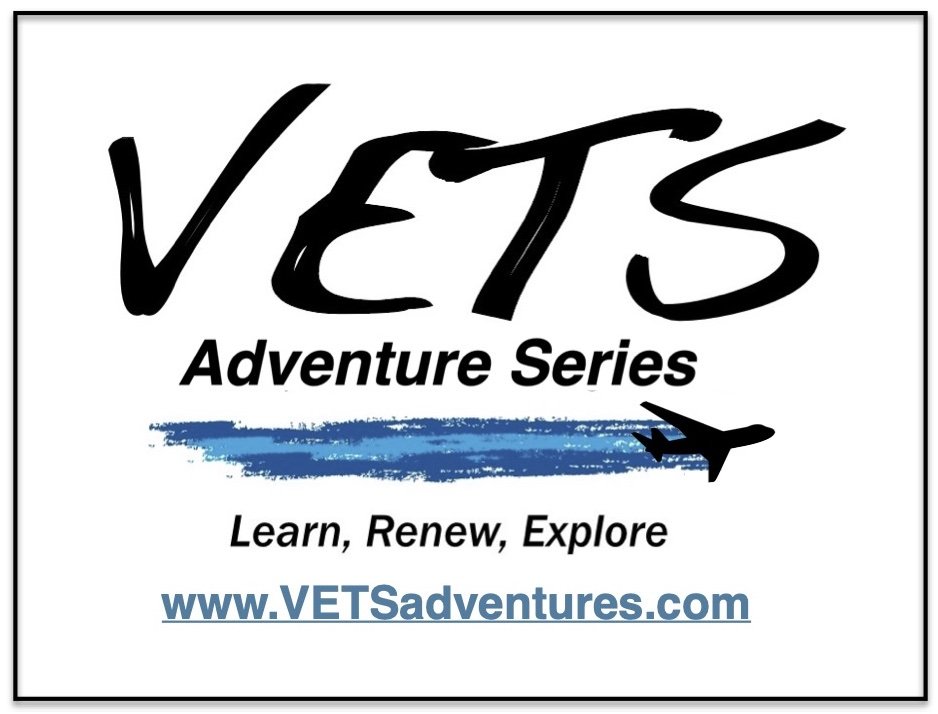Registration NOW OPEN for VETS Adventure Travel to Ireland & Scotland, July 2020
The Essence of Ireland & Scotland
July 1 to July 13, 2020
Itinerary
Join VETS for an adventure focused on touring Ireland and Scotland. Our itinerary will allow you to see some of the “Best Of” these two amazing nations while experiencing the unique History, People and Places. You will be earning up to 12 units of RACE-approved continuing education credit (see the very bottom of this page) while traveling with fellow veterinarians, their families and friends. This itinerary may be modified slightly during our trip in order to pursue opportunities that could enhance our experience!
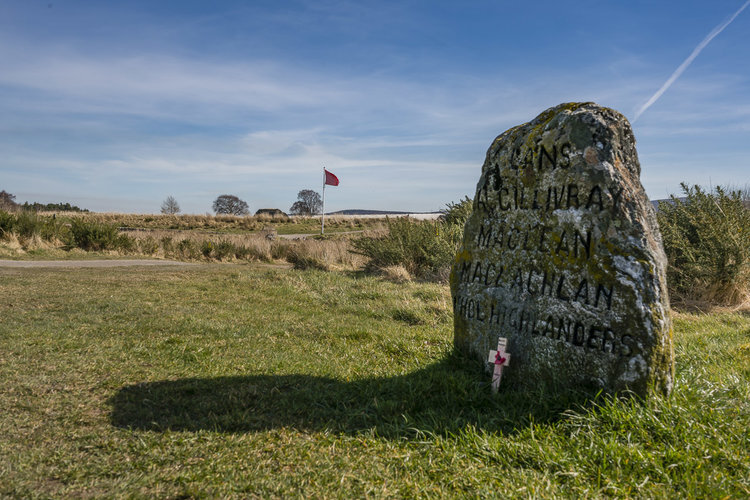

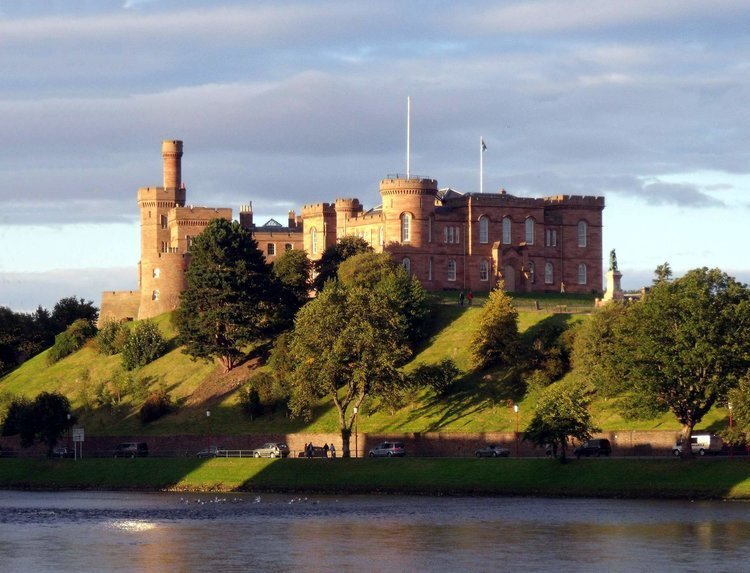
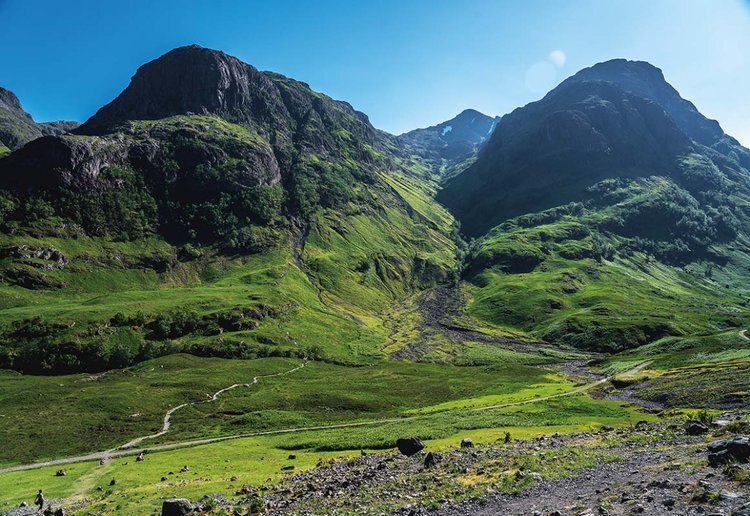

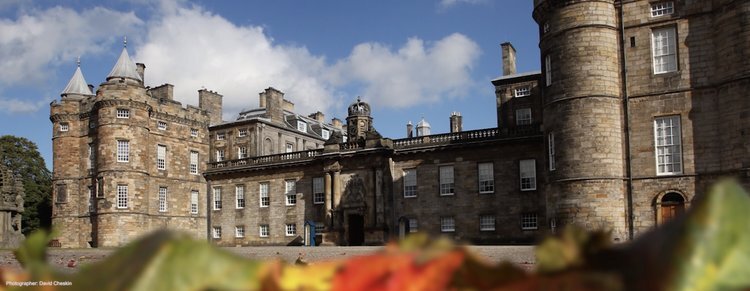

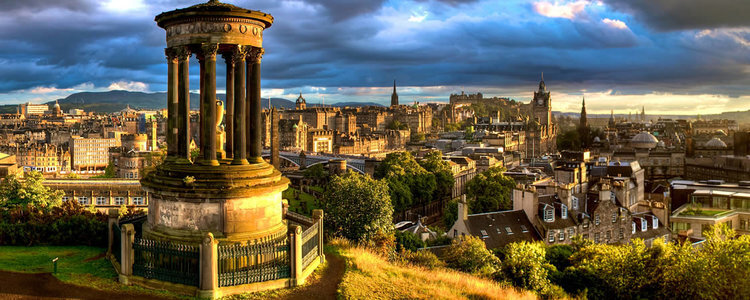

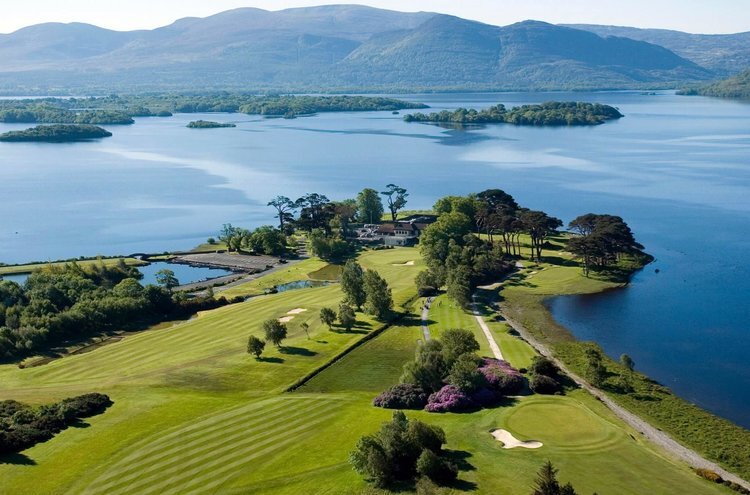

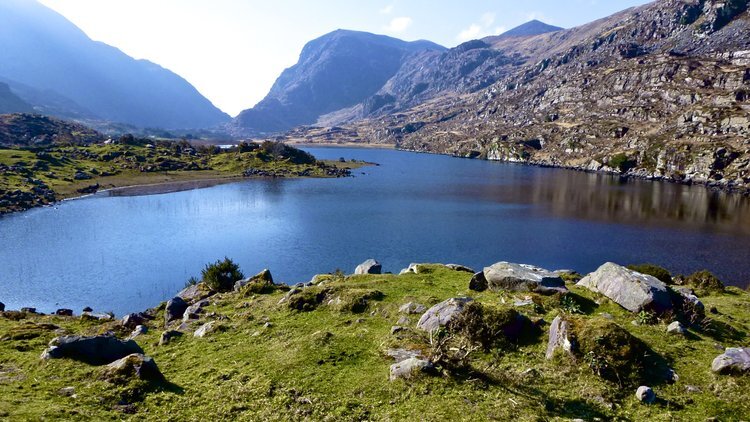
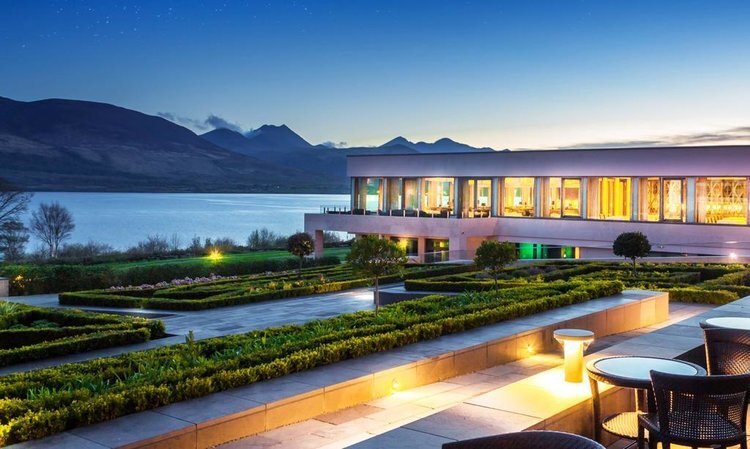
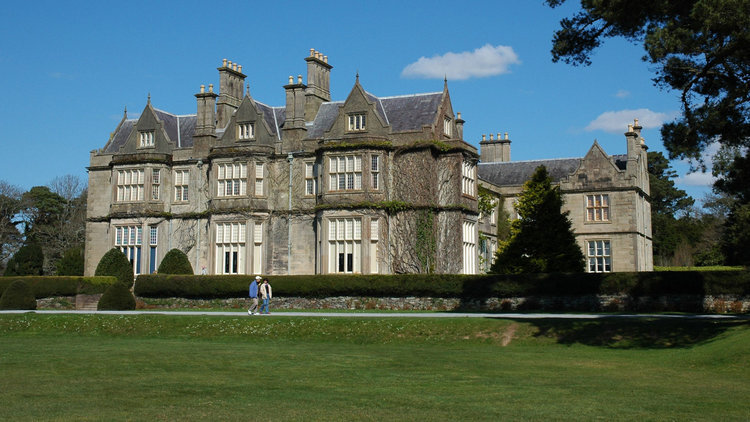
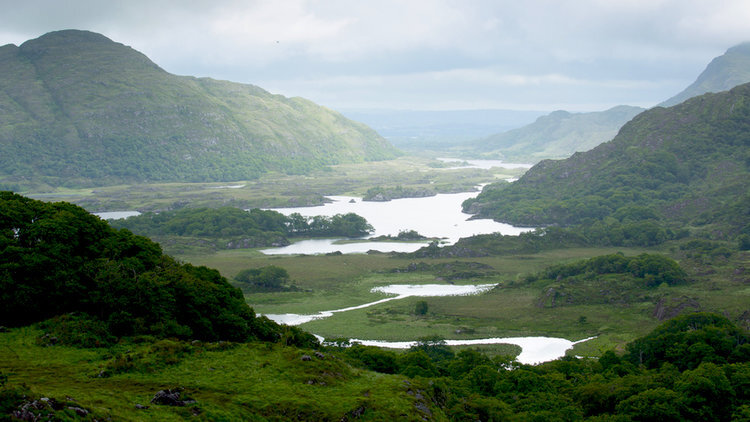
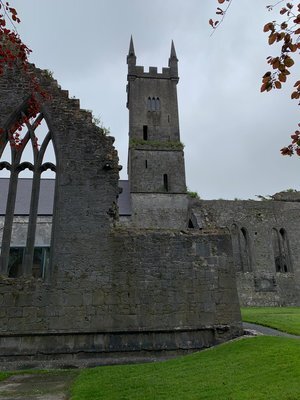
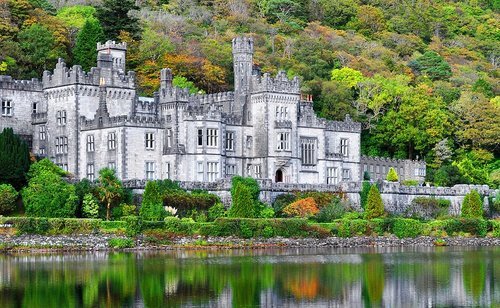
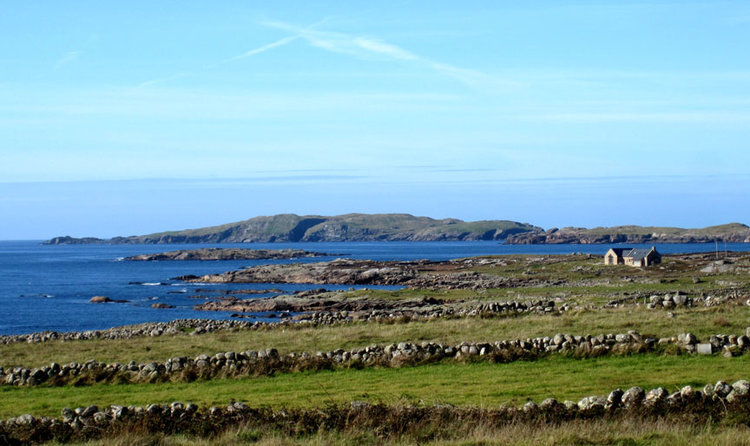


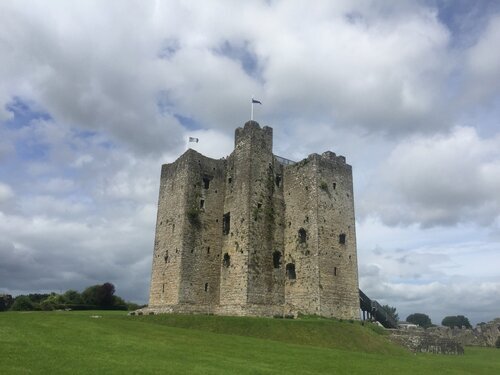

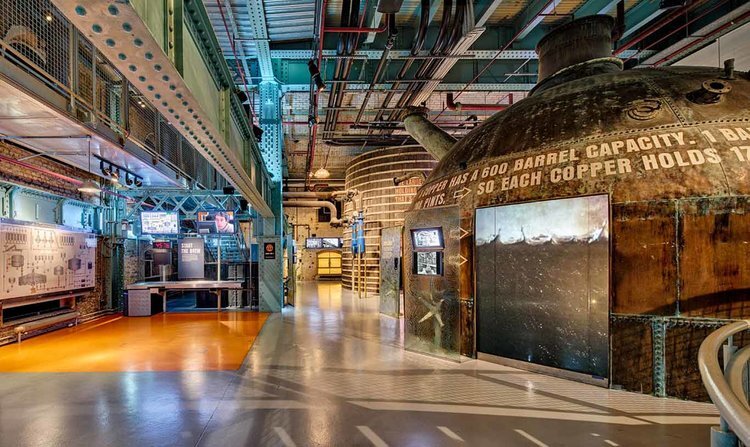

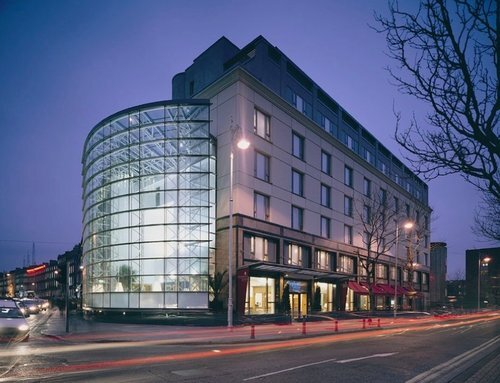
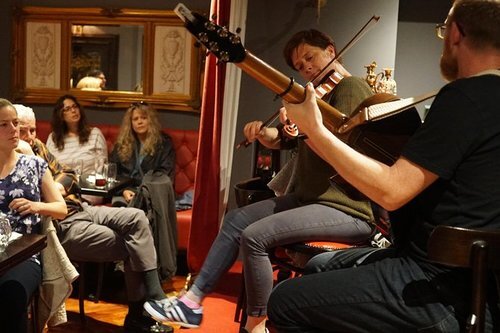

Day 0— July 1, 2020, Wednesday — Depart the USA for a July 2 (Thursday) arrival in Dublin
Day 1— July 2, 2020, Thursday — Arrive in Dublin, Welcome Banquet
Many pubs have nightly entertainment from local talent!
Depart from North America on July 1st, arriving in Dublin, Ireland on July 2nd!
Morning arrival from North America to Dublin, a busy city founded in the 9th century on the River Liffy. At the most recent census, about 2 million of Ireland’s total population of 4.7 million live in the immediate area of Dublin.
You’ll be met at the airport and transferred to The Green Hotel, a luxury hotel in the center of Dublin and easy walking distance to the most interesting areas (e.g. one idea of where to go . . . there are > 1,000 pubs in Dublin!)
A light lunch will be provided at the hotel, afternoon on your own.
Afternoon Check-in.
Late Afternoon: Depart for Book of Kells & Trinity College.
This evening you’ll be our guest at Trinity College (founded in 1592) for a visit to the Book of Kells, their historical library known as The Long Room and a Welcome Banquet in ‘Great Hall.’
Historic Trinity College
The Illuminated Manuscript of The Book of Kells
After Dinner, we’ll provide transportation back to The Green Hotel.
Day 2— July 3, Friday — CE Lectures, Old Jameson’s Distillery, St. Patrick’s Cathedral, The Guinness Storehouse, Literary Pub Crawl (optional)
Breakfast at the hotel.
Morning departure for University College Dublin (the home of the Ireland’s national veterinary college.) We will participate in two RACE approved lectures, the first on “How Diseases are Transmitted” (think measles, Foot and Mouth Disease, African Swine Fever, etc) and a second on “How Medieval Folk Remedies Evolve to Become Modern Pharmaceuticals.”
Lunch provided after the CE Event.
Afternoon: Dublin city tour to the Old Jameson’s Distillery, St. Patrick’s Cathedral and the Guinness Storehouse.
The Guinness Storehouse.
Evening on your own or sign up for an optional guided Literary Pub Crawl and dinner. $120 per person includes Tour, Dinner & Drinks.
Overnight at the Green Hotel.
Day 3— July 4, Saturday — Newgrange & Trim Castle Visit
Breakfast at hotel.
Morning: Bus to Boyne Valley about 2 hours north of Dublin. Visit a historical area called Newgrange built before the pyramids in Egypt. Lunch will provided as part of the Newgrange trip.
We will also visit a Trim Castle.
Trim Castle, the largest Anglo-Norman castle in Ireland, was constructed over a thirty-year period by Hugh de Lacy and his son Walter. Hugh de Lacy was granted the Liberty of Meath by King Henry II in 1172 in an attempt to curb the expansionist policies of Richard de Clare, (Strongbow). Construction of the massive three storied Keep, the central stronghold of the castle, was begun c. 1176 on the site of an earlier wooden fortress. This massive twenty-sided tower, which is cruciform in shape, was protected by a ditch, curtain wall and moat.
Return to Dublin.
Evening at leisure.
Overnight at the Green Hotel.
Day 4— July 5, Sunday — County Clare, Bunratty Castle, Cliffs of Moher, Dinner Banquet with Irish Entertainment
Breakfast at hotel
Morning: Depart to bus to County Clare, with a visit to Bunratty Castle and Folk Park, a residential castle built ~1425 as a defensive fortress for a family (there are other castles such as Dublin Castle that were built to protect governments/kings/etc.). The Folk Park is part of the castle grounds and has reconstructed typical housing with period furniture representing how the Irish lived.
Lunch provided.
We’ll drive to the Cliffs of Moher, famous sea cliffs that are as high as 700 feet above the Atlantic Ocean and look out over the Aran Islands and Galway Bay.
Next we’ll drive through The Burren, about 200 square miles of land dominated by limestone formations and what was home to many early civilizations. This area was hit especially hard by the Great Famine and Black Death in the early 1300’s.
Limestone formations of The Burren
We’ll continue to the Inn at Dromoland, our hotel adjacent to Dromoland castle and on the original castle grounds.
This evening we’ll host a dinner at Durty Nellys, an authentic pub close to Bunratty Castle and enjoy some fine pub food as well as Irish entertainment.
Overnight at the Inn at Dromoland Castle.
Day 5— July 6, Monday — Connemara Peninsula, Kylemore Abbey, Town of Ennis
Breakfast at the Inn at Dromoland.
Morning: We’ll depart for the Connemara peninsula and visit Kylemore Abbey. This is one of the most photographed abbey’s in the world and we’ll take a tour!
Lunch provided.
Return to our hotel at The Inn at Dromoland.
Afternoon at leisure.
Evening at leisure with bus service to the little town of Ennis, that we fell in love with on our last trip. It’s not too far away and plan on heading there to walk around, visit an ancient Friary, and eat in at local pub (hopefully with music).
Dinner on your own in Ennis or it will also available at the Inn or make reservations at Dromoland Castle (5 star restaurant-we recommend you make dinner reservations before you leave to go to Ireland).
Day 6— July 7, Tuesday — The Mini-Ring of Kerry, Killarney, Dinner Banquet with Irish Entertainment
Breakfast at the Inn at Dromoland.
The region of Kenmare is part of the “Mini-Ring of Kerry”
Morning: We’ll continue our adventure by heading south, crossing from County Clare to County Kerry by ferry boat, and head to the small city of Kenmare as part of “The Mini Ring of Kerry.” We’ll enjoy lunch in Kenmare, then continue up through Moll’s Gap and Ladies View with a stop at Muckross house (a 2018 “Traveler’s Choice on TripAdvisor), a restored home and gardens just east of Killarney.
The Muckross house
We’ll head to our hotel, Europe Hotel.
The Europe Hotel with views of the Lakes of Killarney
Killarney is so popular because of its location but also because the town itself is so stereotypically Irish. Plan to walk through downtown to see the storefronts.
We will host a Dinner Banquet with Entertainment at the Europe Hotel.
Overnight at the Europe Hotel.
Day 7— July 8, Wednesday — Choose Your Own Adventure!
(Choose ONLY ONE of five options below)
Breakfast at The Europe Hotel
Your free day to do what you want to do!
Options include: (You Choose ONE, please)
1) Experience a jaunting cart with a pony ride up and over the Gap of Dunloe, then have some refreshments at Lord Byron’s historical cottage on the lake, just across an ancient stone bridge from where the cart will let you off. After some refreshment you’ll get on a boat with about 10 people and make your way through three connecting lakes to Ross Fort. You’ll be picked up there and returned to the hotel. Dinner on your own. This tour costs $195 per person.
The Gap of Dunloe
or
2) Choose the incredibly beautiful tour of the Dingle Peninsula. Lunch in the town of Dingle. Dinner on your own. This tour costs $130 per person.
The Dingle Peninsula
or
3) Golf at the Killarney Golf Club. You’ll be transported there and picked up. Reservations a must before arriving in Ireland and we’ll need the information to coordinate your transport! Lunch on your own. Dinner on your own. Golf fees are $290 per person.
The Killarney Golf & Fishing Club
or
4) Choose to make use of the AMAZING Spa at The Europe Hotel. Beautiful facilities in a beautiful location. Lunch on your own. Dinner on your own.
The Spa at the Europe Hotel, Killarney
or
5) Relax, walk around Killarney town, and enjoy the Europe Hotel’s grounds. Lunch on your own. Dinner on your own.
The Europe Hotel Grounds, with Breathtaking Views
Killarney— a great place to walk & shop
Day 8— July 9, Thursday — From Ireland to Scotland, Group Dinner
Breakfast at The Europe Hotel.
Early morning: Transfer to Shannon Airport (~2 hours) to catch our late morning ~90 minute flight to Edinburgh, Scotland. Flight leaves at 10:55 am and arrives at 12:30 pm.
12:30 pm: Arrive in Edinburgh. Panoramic orientation to Edinburgh.
Afternoon: Lunch at restaurant Otro.
Late Afternoon: Check into the Kimpton Charlotte Square Hotel, perfectly positioned for our exploration.
Afternoon at leisure.
Group dinner at Howies Waterloo within walking distance from hotel.
Overnight Kimpton Charlotte Square Hotel.
Day 9— July 10, Friday — VIP Edinburgh Castle Tour, Royal Mile & Old Town, Holyrood House
Breakfast at the Kimpton Charlotte Square Hotel.
Morning: Depart hotel and arrive in time for a VIP pre-opening admission and Private Tour of Edinburgh Castle.
Late Morning: Guided tour of the Royal Mile and Old Town. Lunch on your own.
Afternoon: Visit to Holyrood House, the ceremonial home of Queen Elizabeth II. According to medieval legend, the Abbey was founded around 900 years ago in 1128 by David I of Scotland. While out hunting, the king had a vision of a stag with a glowing cross between its antlers. Seeing this as a message from God, he had an abbey built on the very same spot. 'Holy Rood', the name of the Abbey, and subsequently the Palace, means ‘Holy Cross’.
Late Afternoon: Afternoon at leisure.
Evening: Dinner and evening at Ghillie Dhu Burly Ceilidh. (Walking distance from hotel.)
Overnight Kimpton Charlotte Square Hotel
Day 10— July 11, Saturday— Inverness region, Blair Castle, Loch Ness cruise
Breakfast at the Kimpton Charlotte Square Hotel
Morning: Check out and travel toward Inverness
Late Morning: Blair Castle has been the home of the Atholl family for over seven centuries. The castle has had a diverse history, witnessing both turbulent and peaceful times, enlarged and adapted over 700 years to suit the needs of the family and style of the day. Home to politicians, soldiers, agriculturalists and entrepreneurs, the family history is brought to life against a backdrop of fine 18th century interiors and Scottish baronial architecture, in 30 rooms.
Afternoon: Lunch at Blair Castle.
Inverness Castle and the River Ness
Late Afternoon: Panoramic Orientation to Inverness. Inverness is regarded as the capital of the Highlands. Inverness lies near two important battle sites: the 11th-century battle of Blàr nam Fèinne against Norway which took place on the Aird and the 18th century Battle of Culloden which took place on Culloden Moor.
Late Afternoon: Check into the Kingsmills Hotel.
Cocktails and appetizers on a Loch Ness cruise (“Here Nessie, Nessie, Nessie.”)
Dinner on your own.
Overnight at the Kingsmills Hotel.
Day 11— July 12, Sunday— Culloden Battlefield, Group Dinner at Achnagairn Castle
Breakfast at the Kingsmills Hotel.
Visit the Culloden battlefield. The Culloden Battlefield is the historic site of the last battle to take place on British soil in 1746. This battle is frequently referred to as one of the most important for Scotland, as it marked the end of the clan system in the highlands.
Lunch and Afternoon at Leisure.
Group dinner Finale at Achnagairn Castle, a five star resort with stunning views. Embrace your inner Scot and dress the part for our final banquet— Kilt Rental for Men is $175 , Sash & Brooch Rental for Women is $50.
Overnight at the Kingsmills Hotel.
Day 12— July 13, Monday — Depart Scotland
Breakfast at the Palace Hotel.
Depart for Inverness airport to start your journey home.
Flights to London Heathrow or Amsterdam Schiphol International Airports to connect with flights home.
Trip Prices
$7250* per person (based on Double Occupancy.)
$9750* for Single Occupancy (solo traveler not sharing a room.)
$5050* for Third Person (under age 18 & traveling with ‘double occupancy’ as above)
*Prices DO NOT include airfare
About Our RACE-Approved CE—
You will earn up to 12 units of RACE approved CE credit for veterinarians attending the Essence of Ireland/Scotland trip (based on lectures, case studies and passing an open-book quiz) and have more fun than a litter of kittens.
